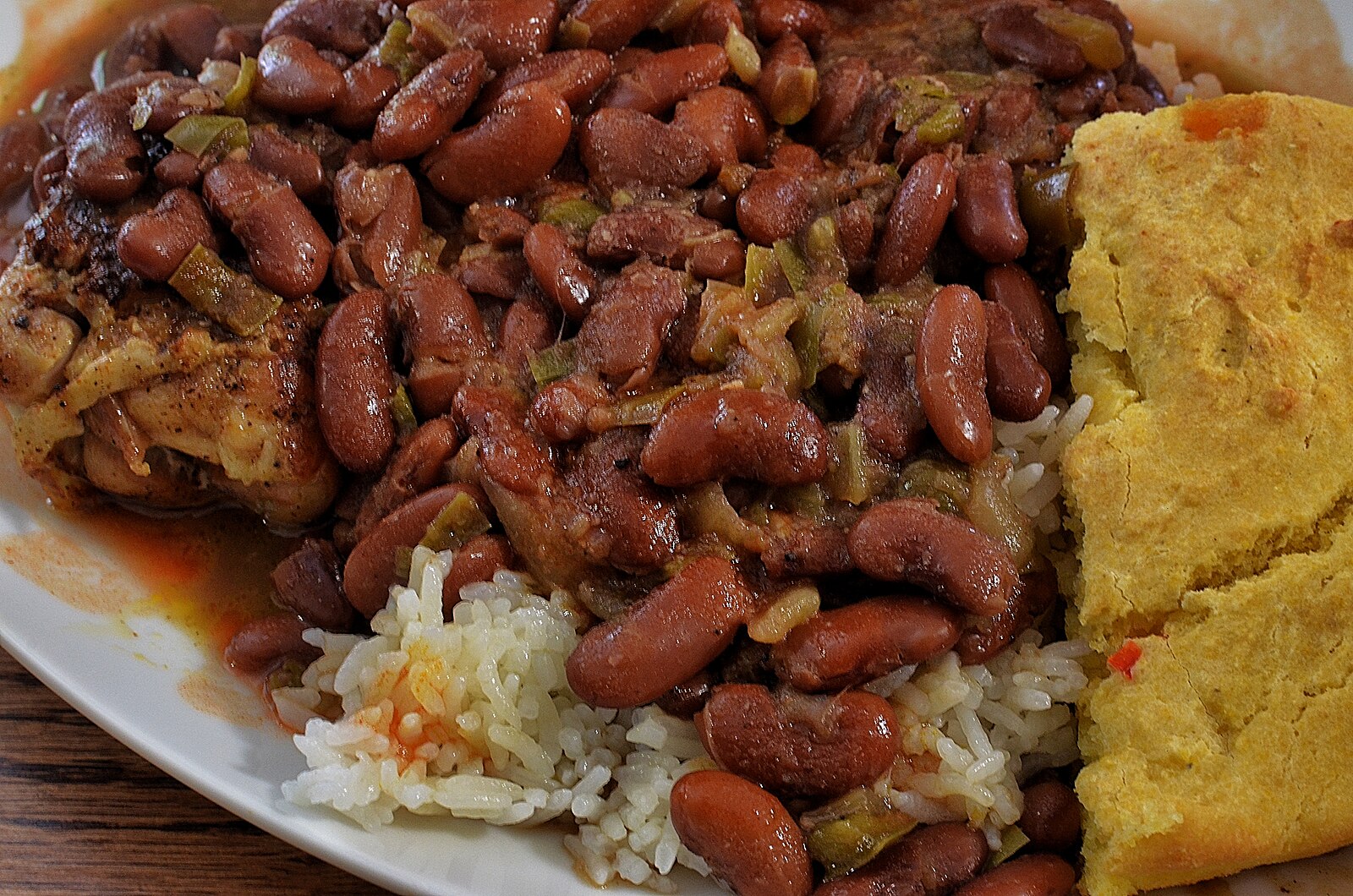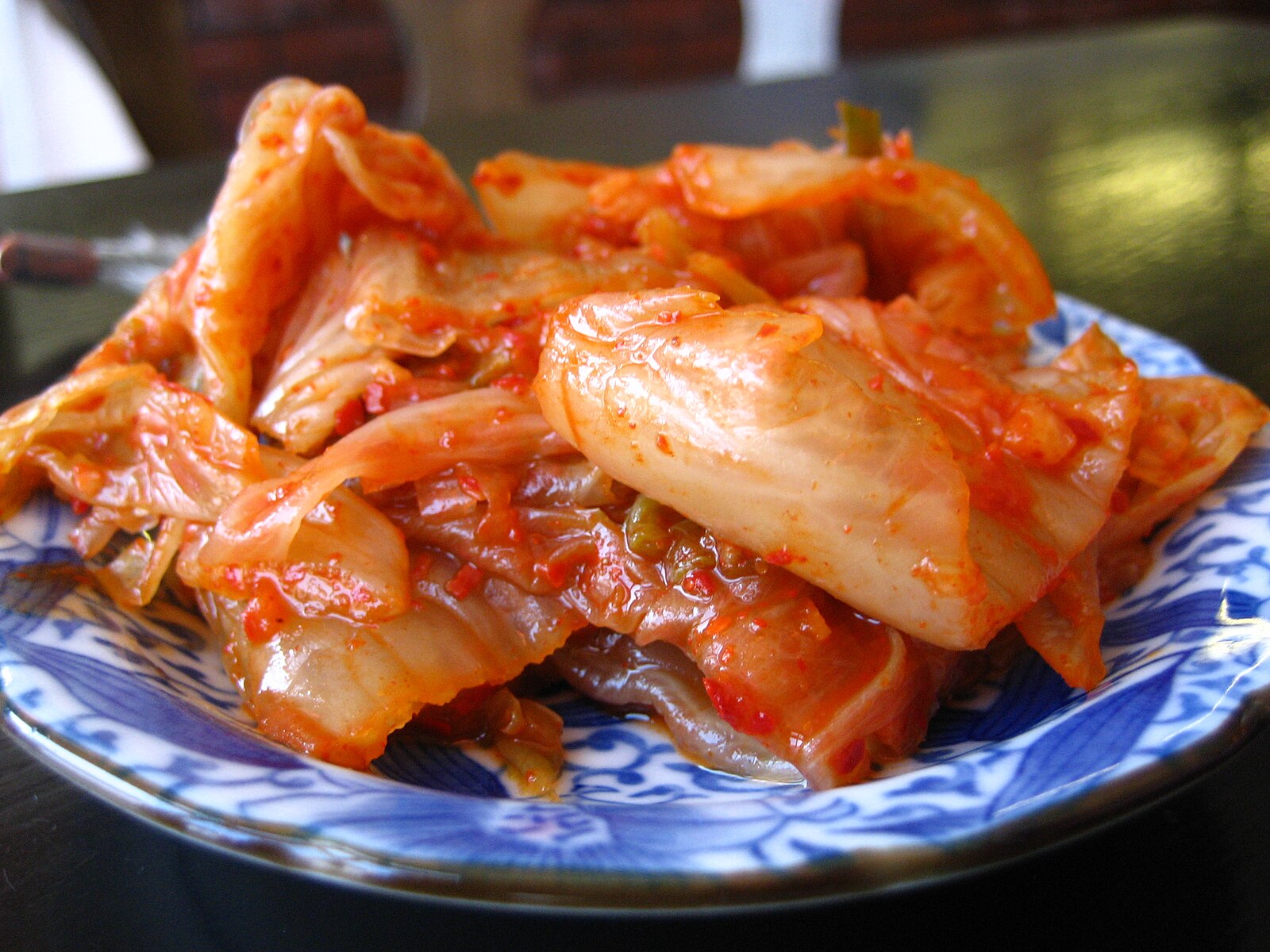9.2 Food, Culture, and Nutrient Access
Learning Objectives
After completing this chapter, you will be able to do the following
- Analyze how distinct foods across cultures contribute to nutrient access and uptake
Diet recommendations are often rooted in Western food cultures. However, the human diet across the globe is wide ranging and distinct cultures have developed unique food patterns that are often ingenious solutions to maximizing nutrient access and promoting optimal uptake from available local resources.
Complementary Pairing
Proteins are essential for many functions including growth, repair, and enzyme activity. Of the 20 possible amino acids that make up proteins, humans can synthesize eleven from scratch. The remaining nine are considered essential amino acids (EAAs) because the human body cannot synthesize them and must obtain them through diet.
Most plant-based foods contain incomplete proteins, meaning they are adequate in most EAAs but lack sufficient quantities of one or two—the so-called limiting amino acids. Many traditional cultures, without formal knowledge of biochemistry, discovered that combining two incomplete protein sources can yield a complete protein comparable to that found in animal products.
-
Grains: Grains (like rice and wheat) are typically limited in the EAA lysine but rich in methionine.
-
Legumes: Legumes (like beans and peas) are typically limited in the EAA methionine but rich in lysine.
| Cultural Food Pairing | Components | Nutritional Synergy |
| Rice and Beans (Latin America, Caribbean) | Rice (Methionine-rich) + Beans (Lysine-rich) | Provides all essential amino acids in adequate amounts for human needs. |
| Corn and Lima Beans (Mesoamerica, e.g., succotash) | Corn + Beans | Same principle: the two sources complement each other’s amino acid profile. |
| Peanut Butter on Wheat Bread (Western) | Peanut Butter (Legume/Lysine) + Wheat Bread (Grain/Methionine) | A modern application of the complementary protein principle. |
By pairing a grain and a legume (Figure 9.2.1), these diets ensure that the body has access to all the necessary building blocks for efficient protein synthesis, optimizing nutrient uptake for cellular repair and growth.

Enhancing Bioavailability: Maximizing Uptake
Bioavailability refers to the degree and rate at which a substance (like a nutrient) is absorbed into the circulatory system and becomes available for use. Certain foods contain compounds that can inhibit the absorption of key minerals, but cultural practices often incorporate preparation methods or food pairings to overcome this challenge.
Nutrient Uptake (Preparation Techniques)
Traditional food preparation methods often function to neutralize compounds that hinder nutrient uptake. Soaking, Sprouting, and Fermentation are methods used to release specific nutrients and allow them to be absorbed across the intestinal lining.
- Example 1: Soaking corn in an alkaline solution before turning it into flour. For centuries, Mesoamerican peoples processed corn this way. Modern science now reveals that this process releases bound niacin (vitamin B3), making it bioavailable and preventing Pellagra, a potentially fatal deficiency disease.
- Example 2: The bacteria used to ferment cabbage in the making of kimchi produce enzymes that reduce the phytate content in the cabbage. Phytates bind to minerals like iron, zinc, and calcium, making them unavailable for absorption. By removing the phytates, the fermentation process significantly improves the bioavailability of these essential minerals.

Dietary Fat and Fat-Soluble Vitamins
In many traditional diets, the strategic inclusion of healthy fats ensures the proper uptake of fat-soluble vitamins (A, D, E, and K). These vitamins require dietary fat for efficient dissolution and transport across the intestinal lining.
-
Example (Vitamin A/Carotene): Cultures consuming staples rich in beta-carotene (a precursor to Vitamin A), such as carrots, sweet potatoes, or dark leafy greens, traditionally prepare them with a small amount of oil, butter, or animal fat. This simple practice ensures that the highly beneficial vitamin precursor is adequately absorbed.
In summary, cultural food practices are not arbitrary; they represent empirically tested, sophisticated nutritional strategies that effectively overcome biochemical limitations to maximize the nutrient access and uptake from local food sources.
Practice Questions
References
- https://www.tdu.edu.in/post/why-traditional-food-knowledge-matters-in-modern-nutrition-science
- https://www.heart.org/en/news/2024/10/11/latin-americas-rice-and-beans-dishes-provide-more-than-deliciousness
Figure Descriptions
Figure 9.2.1. The image shows a close-up view of a plate filled with a rich combination of food. In the center of the plate, there is a heap of cooked red kidney beans, mixed with pieces of green peppers, presenting a glossy, saucy texture. Below the beans, there is a mound of fluffy white rice, visible on the left side, with a slight tinge of orange from the sauce. On the right side of the plate, a slice of cornbread is present, characterized by its golden crackled surface. The food is served on a white dish placed on a wooden table, adding a home-cooked, comforting appearance. [Return to Figure 9.2.1]
Figure 9.2.2. The image shows a serving of kimchi on a decorative blue and white plate. The kimchi consists of napa cabbage leaves, fermented and coated in a red chili paste. The cabbage leaves appear layered and glossy, with a texture that is both crinkly and smooth. The red hue of the chili paste contrasts with the blue patterns of the plate, adding a vibrant aesthetic. [Return to Figure 9.2.2]
Licenses and Attributions
“9.2 Food, Culture, and Nutrient Access” was initially generated by Gemini 2.5 Flash and then modified by Christelle Sabatier. “9.2 Food, Culture, and Nutrient Access” is licensed under CC-BY-NC 4.0.
Media Attributions
- Red_beans_and_rice © jeffreyw is licensed under a CC BY (Attribution) license
- Korean_cuisine-Kimchi © Jeremy Keith is licensed under a CC0 (Creative Commons Zero) license
